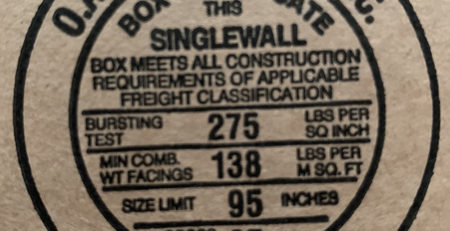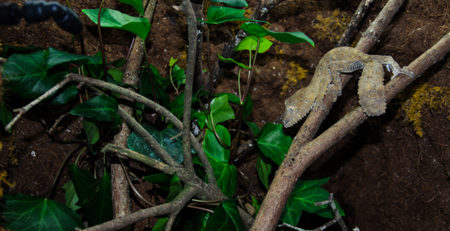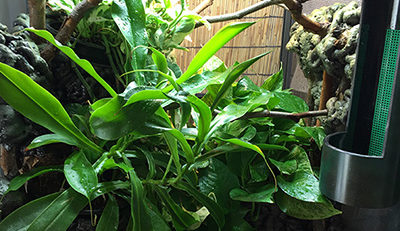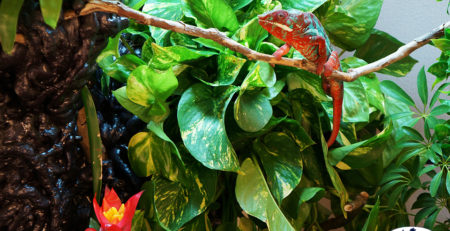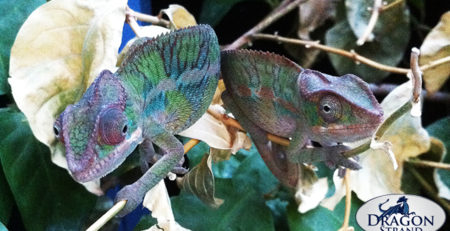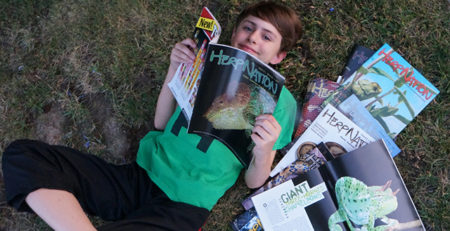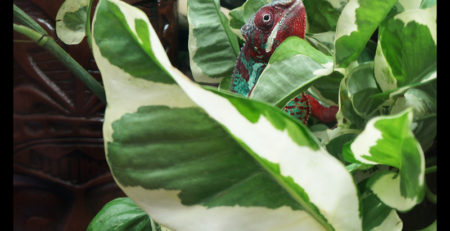Drainage Solutions for Chameleon Cages
Introduction to Chameleon Cage Drainage Trays
An important consideration in every chameleon cage is your drainage strategy. You will want the water from your misting or drip system to flow out of the cage once it has done its job of hydrating your chameleon or watering your plants. Standing water at the bottom of your cage creates an unhygienic mix of poop, feeder, and water. It is, what I call, “poop soup”. This is why a substrate tray, which goes inside the cage and on top of the floor is a bad idea unless you have a bio-active strategy in mind. This is the reason why every cage in the Dragon Strand line-up has an available drainage tray. It is unfortunate, that Dragon Strand is the only cage manufacturer that provides drainage trays for their cages.
Chameleon Cage Drainage Tray vs. Substrate Tray
A drainage tray is a tray that is outside the cage and catches excess water. The entire cage actually sits on top of the drainage tray. A substrate tray goes inside the cage and is what is offered as a drainage solution for other manufacturers. Substrate trays should not be used for a drainage solution as they keep the chameleon in contact with the bacterial nightmare of mixing poop, water, and feeder insects (living and dead/decaying).
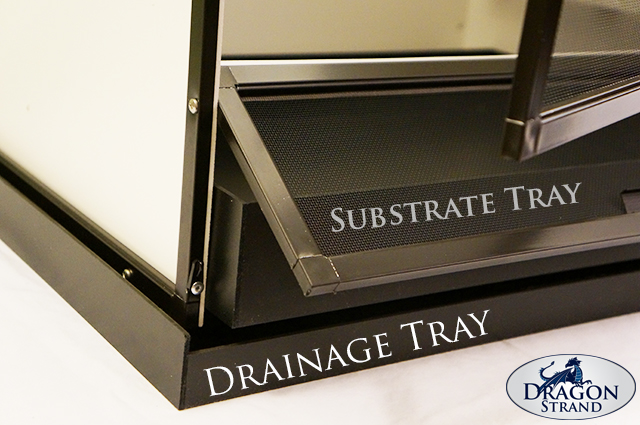

Maintaining the Water Level in the Drainage Tray
If your hydration strategy includes a great deal of excess water then evaporation may not be able to remove the water faster than it is provided. There are three solutions to this issue.
Option 1: Wet/Dry Vacuum. Remove excess water using a wet/dry vac. Home Depot offers a cheap “Buckethead” wet/dry vac that can be purchased along with a crevice tool for about $30. You would simply insert the crevice tool in the space between the drainage tray lip and the front of the cage and suck it out.

Check the following links:
Option 2: Install a gravity drain. If you would like the tray water to drain into a bucket you could drill a hole in the tray and superglue in a coupler for ¼” drip irrigation. Attach some ¼” tubing (the same that the high end misting systems use) and let it drain. This method will keep the water level in the tray at a minimum. Please do this option carefully as you must be confident in your drilling and gluing skills.

Option 3: Re-evaluate Your Hydration Strategy. Adopt a hydration strategy that uses less water. Most chameleons commonly kept do not live in areas where there is always rain. They live perfectly healthy through months where there is no water available during the day. This is due to very high humidity nights that prevent dehydration due to moisture loss from breathing and finding condensed dew in the morning. Adopting a night time fogging strategy can drastically reduce how much water you need to use during the day. The common perception is that chameleons need high humidity. This is only partially true. They are expecting high humidity during the night – but it is not necessary during the day (and excess humidity can be unhygienic). Your chameleon will probably do very well with fogging during the night to simulate the fog rolling, a misting session a couple minutes long in the morning before the lights come on to simulate the morning dew, and then a dripper during the day to provide water if your chameleon is at all still thirsty. With this regimen I no longer need to remove water from my drainage tray. Different regions will have different results, of course.

Note: You do not want to move a drainage tray full of water to empty it or for any other reason. This will give a quick education in the difficulty in controlling a body of water. Many people envision an easy drainage system being a drainage tray that slides out from under the cage. Just trying this once in reality will convince you that moving a tray full of water is not a good idea!
Selecting Your Chameleon Cage Drainage Tray
So which decision is the right one? Let’s lay some groundwork and we will get to that question.
To start, each cage comes with a white PVC floor. This floor panel lays on top of the bottom frame. This arrangement is not watertight. Water from misting and dripping will puddle until enough is gathered together and then the puddle will flow to the edges and seep out of the cage. If potted plants or any other object is placed on the floor, it will cause an indentation which will attract these puddles. It is suggested that you drill a number of holes in the floor panel to provide quick drainage. These holes must be large enough for water to drip through, but too small for feeders to escape. I generally use a 1/8” drill bit.
This water needs to go somewhere and, unless you are keeping the cages outside, you will want to collect the water in a drainage tray.

At Dragon Strand there are three drainage trays options. A standard drainage tray, a heavy duty drainage tray, and the Drip Easy Drainage Tray.
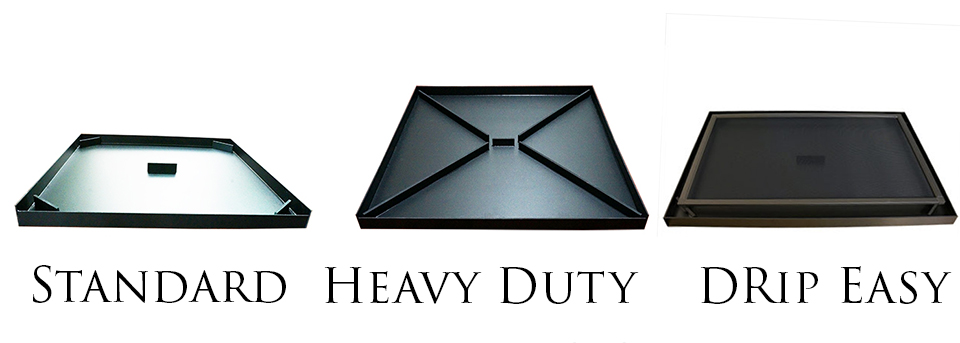
Standard Drainage Tray: The standard drainage tray has a support in the middle and is suited for cage interiors that will use one main central potted plant. The tray supports that single middle area of the floor. Each cage Dragon Strand makes has, at least, a standard drainage tray option. Though specialty cages may have a different configuration.
Heavy Duty Drainage Tray: The Heavy Duty Drainage Tray has a strong X pattern that provides support across the entire floor. This tray is useful if you intend to have multiple potted plants on the floor or just want to have the option of switching things up in the future. The Heavy Duty Drainage Tray was specifically designed to provided the widest compatibility with Dragon Strand, and other manufacturer’s, square footprint cages. There are two sizes: 25” and 19” square. These trays will fit and square footprint cage with sides less than the maximum dimension stated (25” or 19”).
Drip Easy Drainage Tray: The Drip Easy Drainage Tray is a combination of the standard Drainage Tray with a screen panel and was originally introduced into the chameleon community by Ed Kammer of Kammerflage Kreations. The screen panel is meant to replace the white PVC floor panel. This gives maximum drainage as well as making the bottom of the cage visually disappear. This drainage solution is intended for the designer that is taking full advantage of the Dragon Ledges and has mounted all their plants along the sides of the cage keeping the floor completely clear. In this case, the floor no longer must provide support. Its only function is to keep the chameleon and feeders inside the cage and away from the drainage water. By using a screen panel, the black of the drainage tray shows through and the floor fades to the background. The viewer’s eyes are drawn to the plants in the cages as they should be.
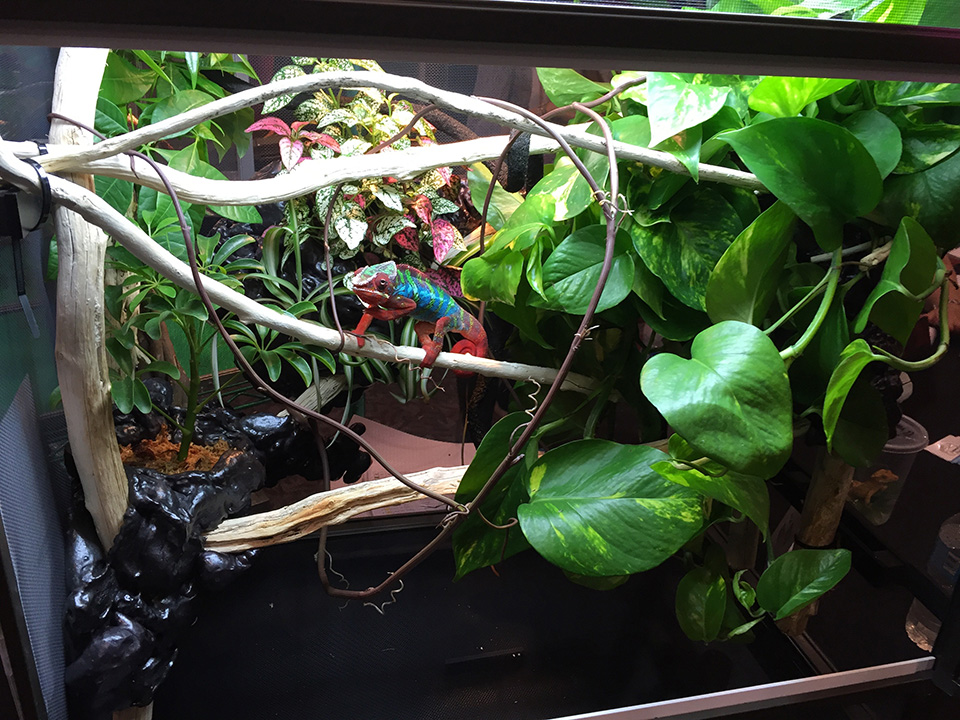
The following chart provides and easy reference:
| Application | Standard
Drainage Tray |
Heavy Duty Drainage Tray | Drip Easy
Drainage Tray |
Comments |
| One main plant in center of cage | Yes | Yes | No | The Heavy Duty Drainage Tray will work perfectly, but is over qualified for one pot! |
| Many plants on floor of cage | No | Yes | No | The Heavy Duty Drainage Tray is specifically designed to provide wide spread support |
| Plants are all up on walls with Dragon Ledges | No | No | Yes | Any tray will work, but replacing the white floor with screen is a significant visual upgrade. |
| Repti-Breeze or DIY cages | No | Yes | No | Heavy Duty trays are the ONLY Dragon Strand drainage solutions compatible with other manufacturer’s cages. |
| Have no idea. Want to try different approaches | ? | ? | ? | Create a Drip Easy Heavy Duty Drainage Tray.* |
*The most versatile of all the drainage tray solutions is to include a drip easy screen with a 25” Heavy Duty Drainage Tray. Combined with the white PVC floor that comes standard with each cage you are able to experiment with any of the options. This is not offered as a standard product as there are so many cage sizes that this general purpose tray is compatible with. If this is a solution you are interested in please inquire at bill@dragonstrand.com.
Conclusion:
Each chameleon cage is a system in which all components must be addressed. The drainage component is just as important as any other. There are other solutions that cheaper and less attractive, more expensive and custom, or completely do-it-yourself variety. Which you choose will reflect your skills, your specific needs, and the time you have available to dedicate to the drainage solution. Whatever your choice, put drainage on the list of questions to answer.



